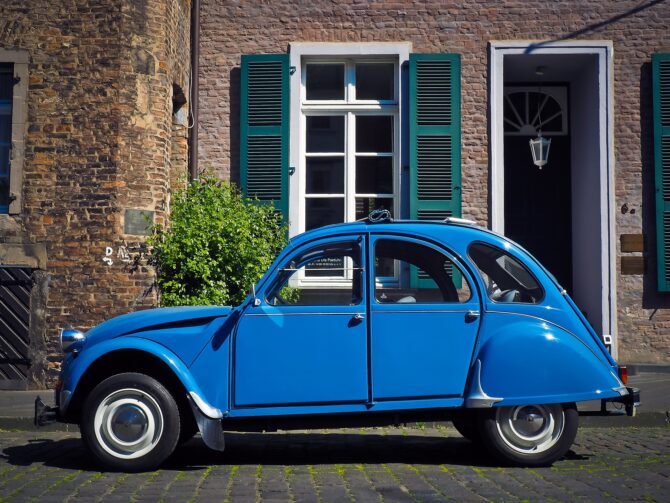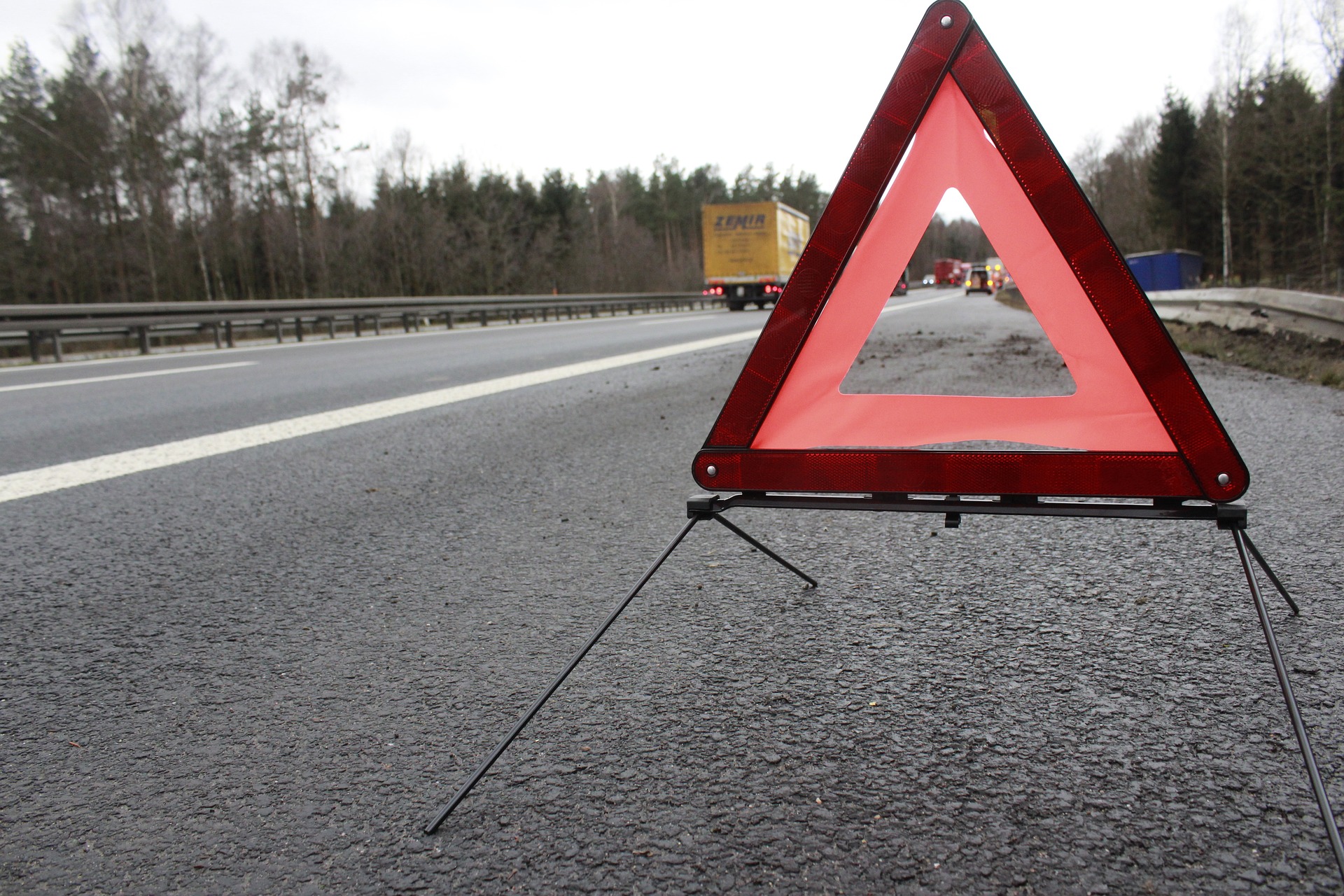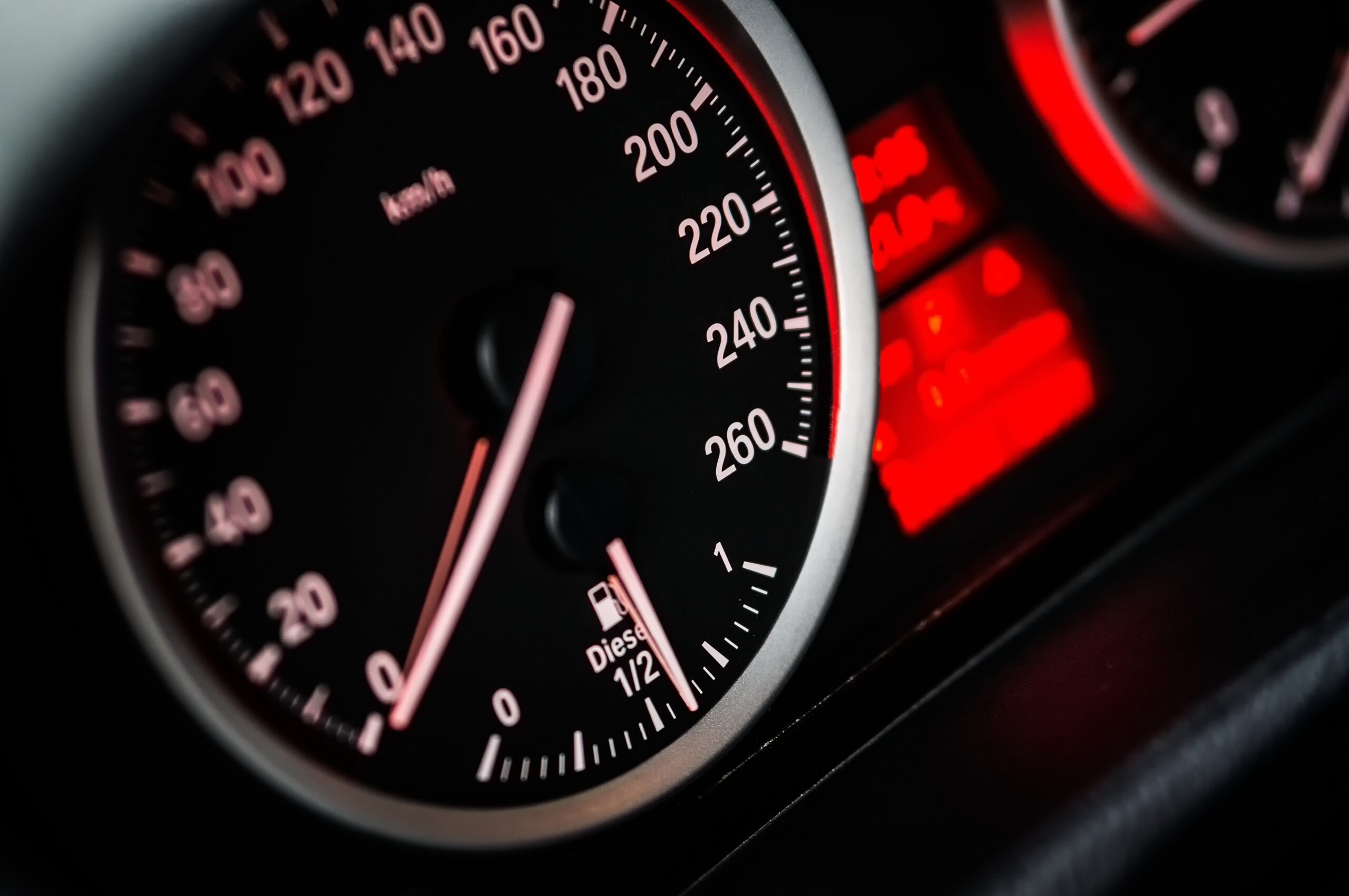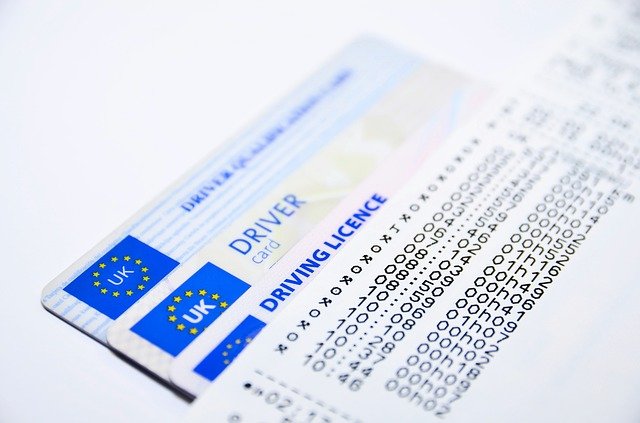Guide to driving in France: Licences, speed limits & breakdowns

From insurance to driving licences, and from breakdowns to speed limits, make sure you know the rules before you take to the roads in France. Catharine Higginson’s indispensable guide will take the worry out of driving across the Channel…
Whether you are ‘just visiting’ or in France full time, driving in France is generally a pleasurable experience. Of course, a rocade (bypass) or périphérique (ring road) around a big town or city is likely to be extremely busy at peak times, but overall traffic levels are lower than those in the UK and especially in rural areas, empty open roads are the norm.
If you are holidaying in France and bringing a car, you should take out European breakdown cover; you can get cover for a single trip or on an annual basis if you travel regularly and as with any holiday, travel insurance is also a good idea.
However, breakdown cover works differently in France. From insurance to driving licences, and from breakdowns to speed limits, make sure you know the rules before you take to the roads in France. The majority of French drivers have breakdown cover included as part of their car insurance policy. Each insurer will have their own arrangements with individual breakdown companies; the driver simply phones the insurer and they then dispatch a recovery truck.
This means that the service varies widely, from very good to utterly dreadful. Unfortunately, this is something that you don’t find out until you are stuck at the side of the road! If the worst happens and the service is unacceptable, don’t hesitate to complain and if necessary, change insurers going forward.

What happens if my car beaks down on a French motorway?
It is more complicated if you break down on a French motorway or autoroute. These are privately managed so you’re not allowed to request your own assistance. You must use the orange emergency telephones that are situated every two kilometres to call the official breakdown service operating in that area and if for some reason, there is no emergency phone available, you should call the emergency services by dialling 112.
You will be towed to a safe designated area where, depending on your insurer and level of cover, you will be either towed to a garage or, if on holiday, you could be met off the motorway by your chosen breakdown provider.
Being recovered from the motorway incurs charges and you may be asked to pay these upfront. They are currently €124.83 for vehicles 1.8 tonnes or under, or €187.25 between the hours of 18:00 and 08:00 and weekends and bank holidays. This climbs to €154.36 for vehicles 3.5t or under or €231.54 between the hours of 18:00 and 08:00 and weekends and bank holidays. For vehicles over 3.5t, the cost is at the towing service’s discretion. The charges are fixed by the government and are revised each year. The amount you will have to pay depends on your insurance cover, excess (franchise in French) and vehicle, so do check your policy’s small print.

What driving restrictions apply in France?
It’s also a good idea to check on current regulations as these may differ from your home country. For example, French alcohol limits (0.2 grams per litre for drivers who have held a licence for three years or less and 0.5 grams for those with over three years’ experience) are lower than the English, Welsh and Northern Irish limit of 0.8 grams per litre (the Scottish limit is 0.5).
Anti-drink driving policies are well enforced; the police often stop drivers for random breath tests, especially during the summer months when they consider people might well have over indulged.
Drivers are also prohibited from using headsets and headphones whether it be to listen to music or make calls. Motorcycle helmets with integrated systems are not included in this ban, however.
Both riders and drivers must have reflective jackets and a hazard warning triangle to be used in the event of a breakdown or emergency. Don’t forget that if you have a righthand-drive car, you will need headlamp beam deflectors. Depending on the vehicle, you will either need deflector stickers or may be able to adjust the beam manually.
Do I need to display a Crit’Air emission sticker on my car in France?
Drivers will also need to be aware of low emission zones in place in several major cities including Paris, Grenoble, Lille, Rennes and Strasbourg. Rules vary from city to city but in general older, polluting vehicles are banned and newer vehicles must display a Crit’Air sticker. Failure to comply will result in a hefty on-the-spot fine and this applies to foreign registered vehicles too.
Regulations change frequently as more cities and departments introduce low-emission zones in response to weather conditions, so do check the French government website (certificat-air.gouv.fr) for up-to-date information before setting off (you can also purchase your vignette sticker online here). You can find all you need to know about Crit’Air requirements on the RAC’s website too (rac.co.uk/drive/news/motoring-news/law-change-for-uk-drivers-in-french-cities).

What are the speeding rules in France?
Speed limits are another element to be taken into consideration as the limit on many A and B roads in France was reduced to 80km/h (50mph) in 2018 in a move to cut road deaths. Usually, it will only be higher than this on a dual carriageway with a central reservation and it will also be clearly marked as 90. However, there are regional variations so if in doubt, slow down!
Young drivers (who can be identified by an A sticker on the rear of their car) also face speed limitations on motorways and dual carriageways. You can find all the official speed limits here (service-public.fr/particuliers/vosdroits/F19460) along with a list of possible fines, which range from €68 to €1,500. Speed limits are lower in wet and other adverse weather conditions, while special speed restrictions apply to certain classes of vehicle, including coaches and cars with trailers, so again check before travelling.
There is also a minimum speed limit of 80km/h on motorways for vehicles travelling in the outside lane.

What documents do I need to drive in France?
You will need to check that you have all the correct paperwork to hand in case of a police stop or contrôle. Drivers must be aged 18 or over and hold a full, valid driving licence to legally drive in France. Riders of mopeds or motorcycles up to 125cc must be aged 16 or over. Licences issued in EU and EEA countries are accepted and international driving permits are recognised but not required.
In addition to your UK (or other) licence, you should also carry some form of official ID such as a passport or identity card, your insurance certificate and the V5 registration document. UK-registered vehicles must display the letters ‘UK’ when driven in France, which can either be incorporated in the number plates or as a separate sticker. Vehicles featuring the letters GB with the Council of Europe golden stars are no longer valid for driving abroad so you will need a separate UK sticker.
You are allowed to drive on a foreign driver’s licence for 12 months. If your licence isn’t from the EU or is in a language other than French, you will need an official translation or an international driving licence (ITCA) to comply with French law. After this, you will need to get a French driving license unless your licence is from a country in the EU or the European Economic Area (EEA) plus Iceland, Norway, and Lichtenstein.
Depending on your nationality (or for Americans, the state which issued your licence), you may be able to exchange your licence for a French one. But if your country or state doesn’t have an agreement with France, you will need to complete the same process as those without a licence.
This means taking the written test, completing the supervised driving hours, and passing the practical driving test. The written part is called le code de la route, and covers the rules of the road. Once passed, you do the practical part which involves 20 hours with a professional driving instructor and when you feel ready, you take the test.
After passing you will be issued with a three-year probationary license; during this period reduced speed limits will apply and you must also display the letter ‘A’ sticker on your car.
Your French licence will include a photo along with your name, date of birth, signature, licence number, date it was issued and the categories you are entitled to operate (e.g. motorcycles, cars, trucks etc). And if you do need to apply for a French licence, you must do so within one year of receiving your residence permit or carte de séjour. Drive safe!
Wanting to exchange your licence for a French one?
FrenchEntrée digital editor Zoë Smith takes you through the process of exchanging your UK or foreign driving licence for a French Permis de Conduire – step by step. Part 1, Part 2 & Part 3
Want to find more expert advice and guidance?
The unique mix of legal, financial and tax advice along with in-depth location guides, inspiring real life stories, the best properties on the market, entertaining regular pages and the latest property news and market reports makes French Property News magazine a must-buy publication for anyone serious about buying and owning a property in France.
With nearly 20 years of experience and a network of trusted partners and experts, FrenchEntrée is your go-to resource for buying property and living in France.
Share to: Facebook Twitter LinkedIn Email
More in Driving in France, guide



